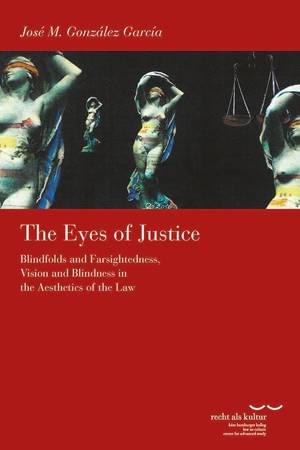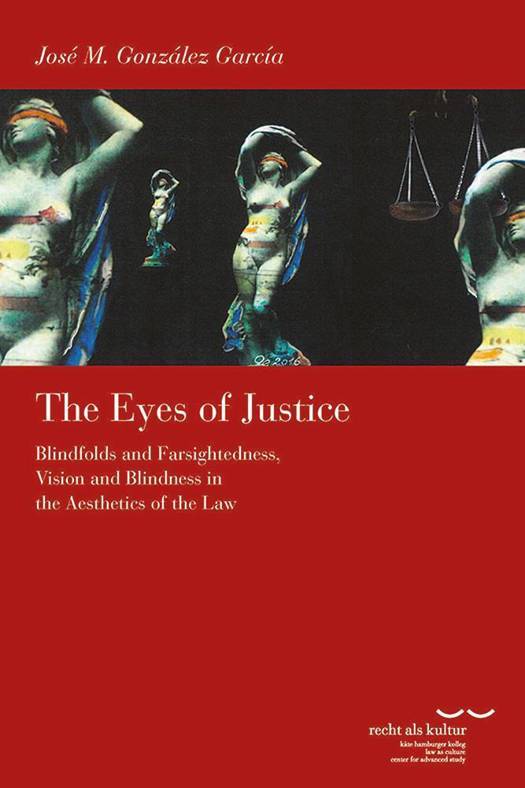
- Afhalen na 1 uur in een winkel met voorraad
- Gratis thuislevering in België vanaf € 30
- Ruim aanbod met 7 miljoen producten
- Afhalen na 1 uur in een winkel met voorraad
- Gratis thuislevering in België vanaf € 30
- Ruim aanbod met 7 miljoen producten
Zoeken
The Eyes of Justice
Blindfolds and Farsightedness, Vision and Blindness in the Aesthetics of the Law
Jose M Gonzalez Garcia
€ 58,45
+ 116 punten
Omschrijving
Should Justice be blind or should she instead be capable of seeing everything, even the human heart? Jose M. Gonzalez Garcia examines how the iconography of Justice evolved over the course of history. Providing an overview of depictions of Justice in various ages and places, the book mainly focuses on "The Blindfold Dispute" that began to develop during Renaissance. While at first the blindfold was perceived as unjust, precisely because it denied Justice the ability to see everything, it transformed just a few years later into a positive symbol of the equality of all individuals before the law. And other depictions were added: supplementary eyes, transparent blindfolds, the double face of Janus, the returns of Astraea and the "Eye of the Law". The book also analyses important historic moments in which the crisis of the Law went along with a search for new forms of representing the gaze of Justice, as reflections on the art of Durer, Klimt and Kafka as well as recent developments in political philosophy show.
Specificaties
Betrokkenen
- Auteur(s):
- Uitgeverij:
Inhoud
- Aantal bladzijden:
- 412
- Taal:
- Engels
- Reeks:
- Reeksnummer:
- nr. 13
Eigenschappen
- Productcode (EAN):
- 9783465042655
- Verschijningsdatum:
- 1/11/2016
- Uitvoering:
- Paperback
- Formaat:
- Trade paperback (VS)
- Afmetingen:
- 160 mm x 240 mm
- Gewicht:
- 580 g

Alleen bij Standaard Boekhandel
+ 116 punten op je klantenkaart van Standaard Boekhandel
Beoordelingen
We publiceren alleen reviews die voldoen aan de voorwaarden voor reviews. Bekijk onze voorwaarden voor reviews.











